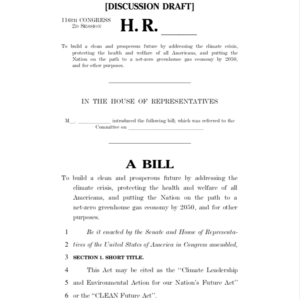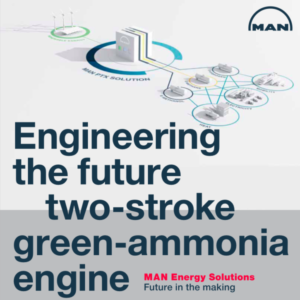H2U moves forward with 3 GW green ammonia export plant
According to a statement released by the Queensland government last week, the clean infrastructure development firm Hydrogen Utility (H2U) has purchased a 171-hectare site in Gladstone, Queensland, where it intends to build a green ammonia export plant with initial operations beginning in 2025. This "H2-Hub" will be built in stages, scaling up over time to reach up to 3 GW electrolyzer capacity for green hydrogen production, and up to 5,000 tons per day of green ammonia. This is at least twice the size of a conventional natural gas-based world-scale ammonia plant.









